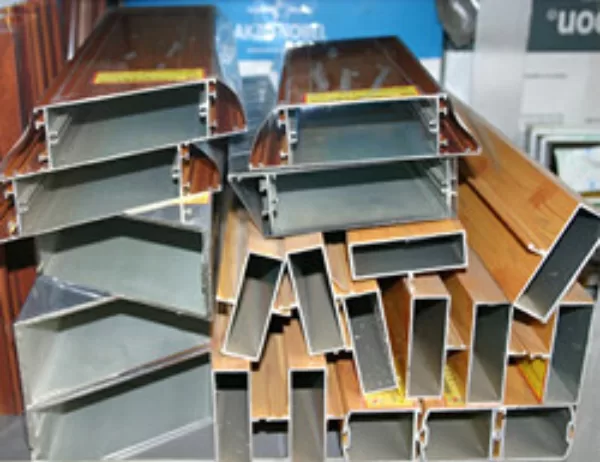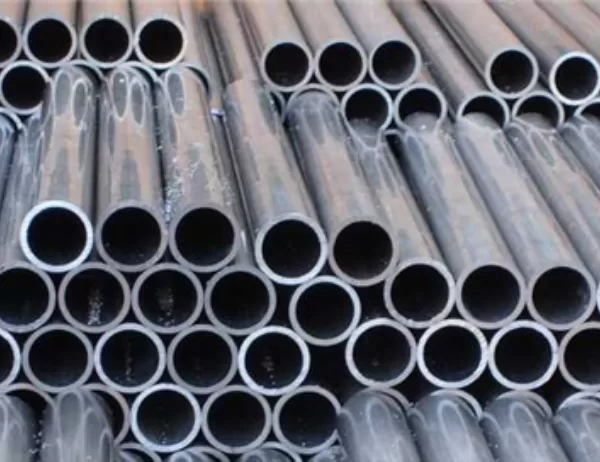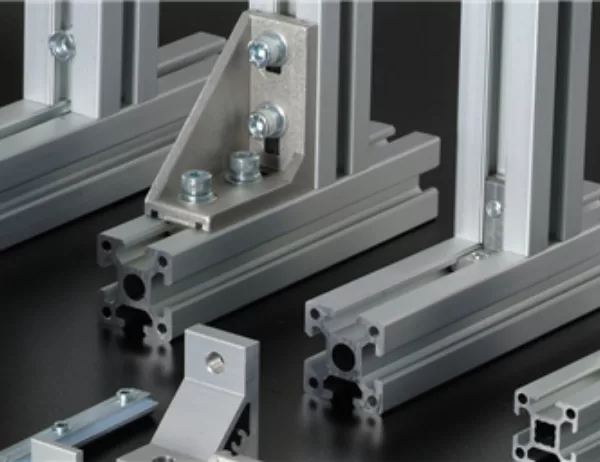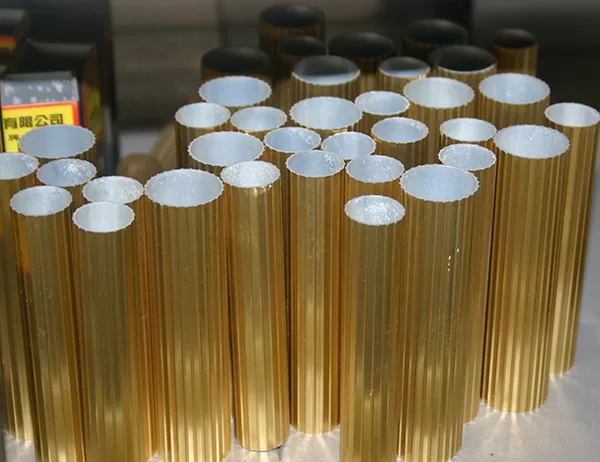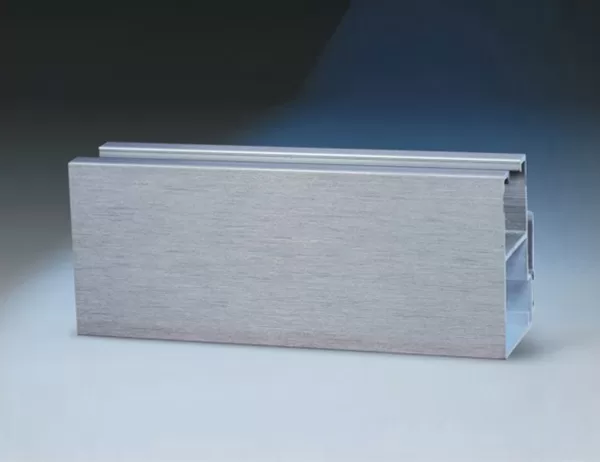In the realm of furniture design, aluminum profiles have emerged as a versatile and durable material, offering a wide range of aesthetic and functional possibilities. By understanding the different types of aluminum profiles available, designers and manufacturers can harness their unique characteristics to create furniture that meets specific requirements and preferences.
Extruded aluminum profiles are created by forcing molten aluminum through a shaped die, resulting in profiles with precise cross-sectional shapes. This process allows for complex and intricate designs, making extruded profiles ideal for furniture with decorative elements or structural components that require high strength and durability.
Solid Aluminum Profiles
Solid aluminum profiles are manufactured from solid aluminum bars, which are cut and machined to the desired shape. Unlike extruded profiles, solid profiles offer superior strength and rigidity due to their uniform density. They are commonly used in furniture that requires exceptional durability and resistance to deformation, such as heavy-duty workbenches or laboratory equipment.
Anodized Aluminum Profiles
Anodization is a process that electrochemically converts the surface of aluminum into a protective oxide layer. Anodized aluminum profiles have increased corrosion resistance, improved wear resistance, and enhanced color stability. The anodization process can also be used to create a variety of colors and finishes, allowing designers to add a touch of style and elegance to their furniture.
Powder-Coated Aluminum Profiles
Powder coating involves electrostatically applying a dry powder to aluminum profiles. The powder is then heated, causing it to melt and fuse to the surface. Powder-coated profiles are highly durable, resistant to scratches and chemicals, and offer a wide range of color and texture options. They are suitable for both indoor and outdoor furniture applications.
Brushed Aluminum Profiles
Brushed aluminum profiles are created by mechanically brushing the surface of aluminum profiles to create a uniform matte finish. This finish removes any imperfections or irregularities, resulting in a smooth and sophisticated appearance. Brushed aluminum profiles are popular in furniture that requires a modern and understated aesthetic.
Perforated aluminum profiles are created by stamping or punching holes into the profile. These perforations not only add visual interest but also allow for ventilation and airflow. Perforated profiles are often used in furniture that requires breathability, such as chairs, screens, and storage units.
Conclusion
The diverse range of aluminum profiles available provides designers and manufacturers with a wealth of options to create furniture that meets their specific requirements. From extruded profiles with intricate designs to solid profiles with exceptional durability, and anodized, powder-coated, brushed, and perforated profiles with unique aesthetic and functional properties, aluminum profiles offer a versatile and durable solution for furniture of all shapes, sizes, and applications.
